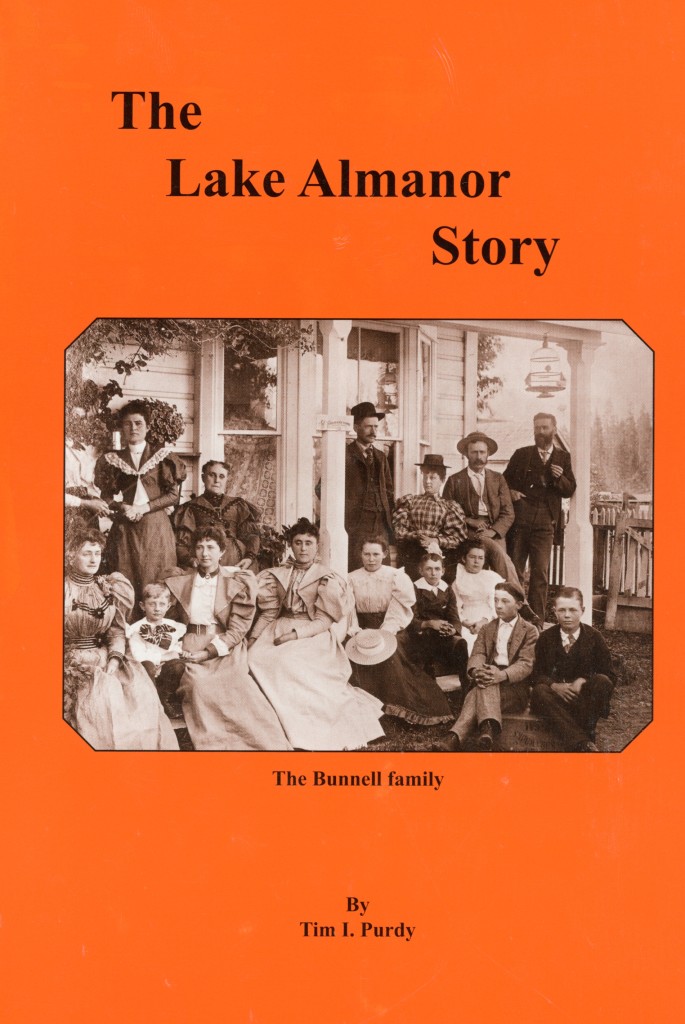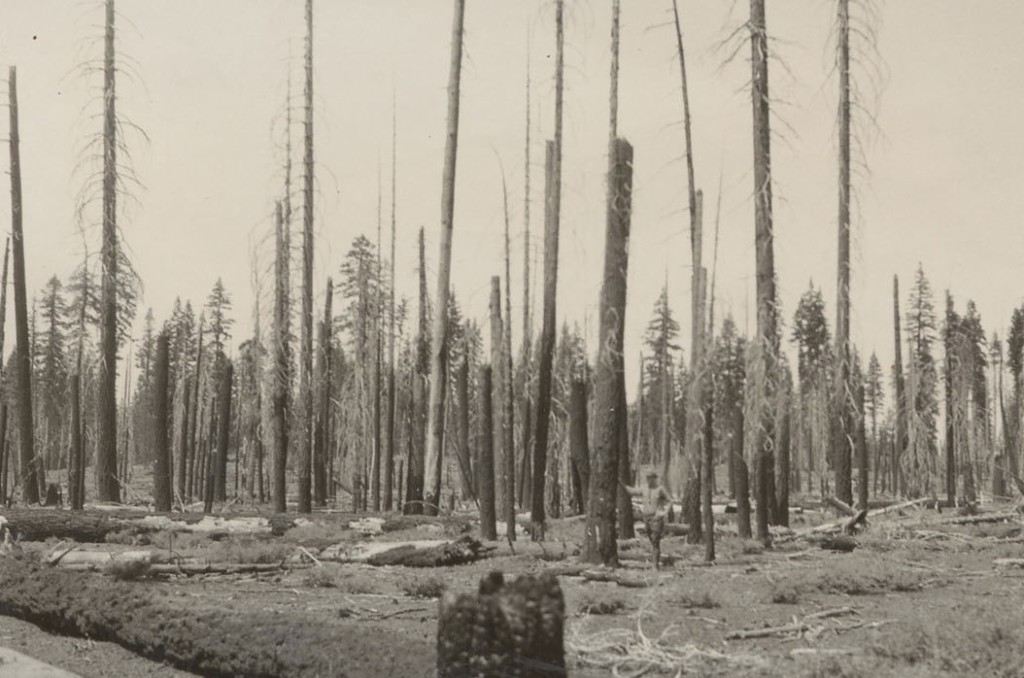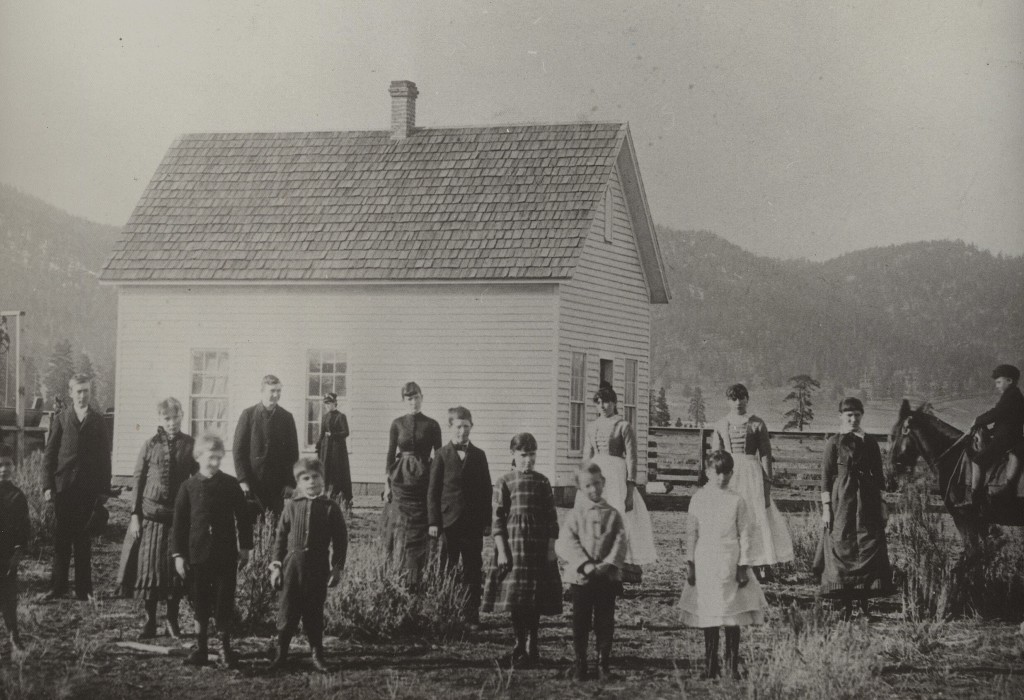
Approximately some 40 miles north of Susanville, along Highway 139, there lies a small, non-descript place known as Said Valley, or when there is water Said Valley Reservoir, the latter was actually good fishing when it retained water.
It was named for Bartlett Said, somewhat of a free spirit in his day. Born 1813 in Kentucky, Said with his family migrated to Placerville, California in 1850. From there they moved to Rich Bar, Plumas County. His wife, Mary, not fond of her husband, disposed of him. Bartlett, then took solace with his daughter’s family Nancy Jones, who operated Summit House in eastern Plumas County.
One of the reasons for Saids wonderlust was mining. When news circulated about the discovery of gold in northern Lassen County, Said went to check it out. He located in the northern extreme of Grasshopper Valley, that in time became known as Said Valley. After several years, he ventured over to Horse Lake. From there his prospecting adventures took him to Long Valley, in Lassen County, where various relations resided.
Said, like so many others, struggled to make a living at mining. In 1896, the family had the elderly patriarch committed to the Lassen County Hospital, which also served as a poor folks and old folks home. He died there in 1904, and lies buried in the Susanville Cemetery in an unmarked grave.
Never miss a story, click here.








